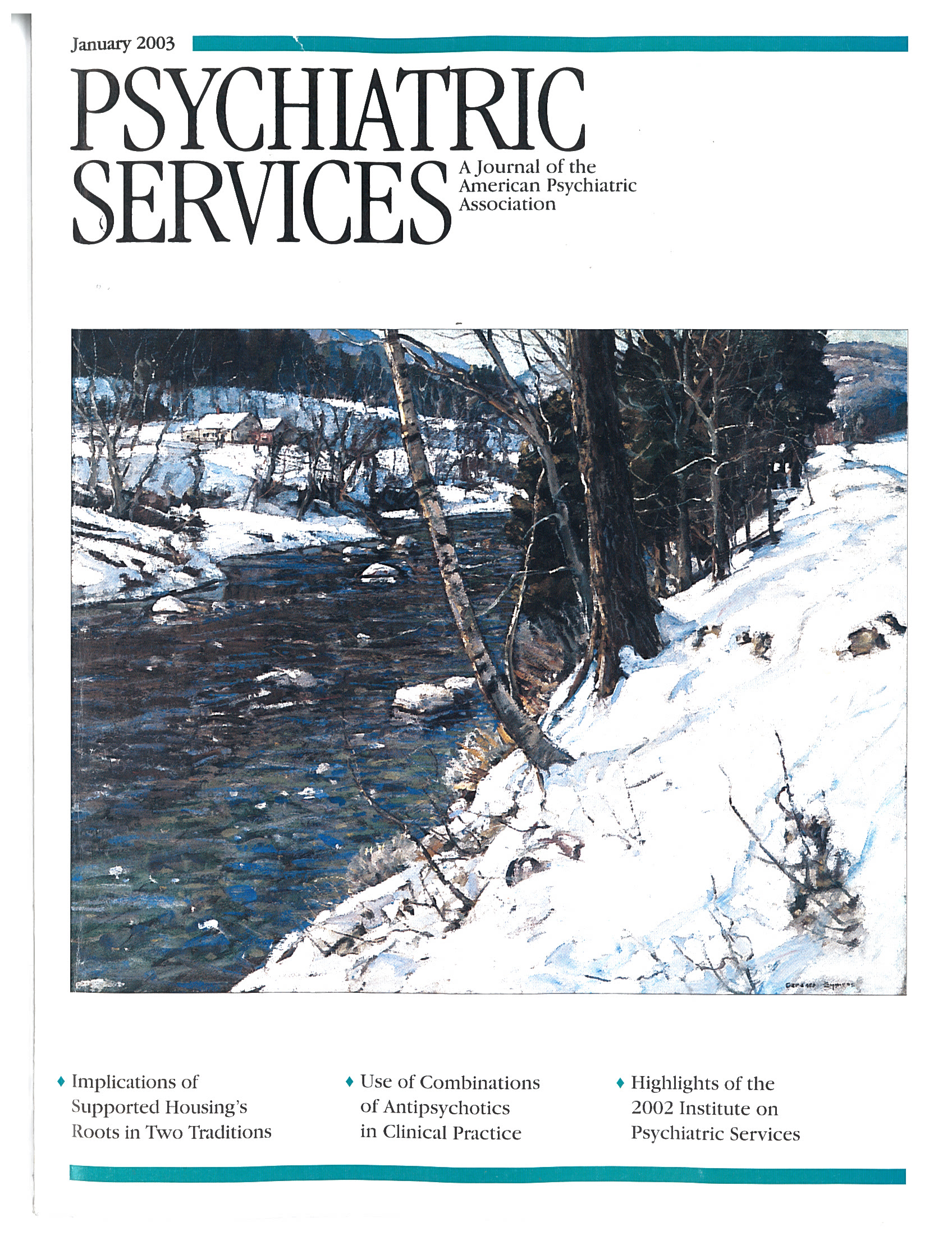Rehab Rounds: The Support and Family Education (SAFE) Program: Mental Health Facts for Families
Abstract
Introduction by the column editors: Although more than half of adults who have a serious and persistent mental illness live with their families (1), less than 10 percent of families of outpatients with schizophrenia receive support or education (2). Such services fail to be provided despite the fact that family participation in well-designed psychoeducational programs has been documented as reducing relapse and readmission rates, improving involvement and adherence to treatment (3,4), and producing positive outcomes for caregivers, including improved morale, better knowledge of mental illness, enhanced feelings of empowerment, and reduced worry and displeasure about their loved ones (5,6). Moreover, the vast majority of mental health providers believe that educating families about mental illness and its treatment is very important (7). Why, then, do so few clinicians commit the requisite time and energy to providing these effective and much appreciated services?There are four sources of obstacles to the adoption of a psychosocial treatment innovation such as family psychoeducation. The obstacles stem from the psychoeducational program itself (for example, its unfamiliarity and conflicts with the existing treatment ideology); the clinicians (lack of training, experience, and competence in functioning as "teachers" with families); the host agency or institution (countervailing priorities and lack of administrative support); and the process of dissemination (lack of knowledgeable consultants or enthusiastic "champions" or advocates for family psychoeducation and lack of user-friendly curricula or program manuals). These obstacles can be overcome when practitioners and family members work together as stakeholders in the benefits that accrue from ongoing psychoeducation (8).In this month's column, Michelle Sherman, Ph.D., presents the family psychoeducation program she created at the Oklahoma City Veterans Affairs (VA) Medical Center. Dr. Sherman describes how she tailored the intervention to the VA population, thus generating the support not only of the clients and their families but also of her fellow clinicians and the VA administration. Her work demonstrates that when mental health clinicians devote time, energy, and expertise to supporting and educating caregivers, significant benefits emerge for both clients and their families.



